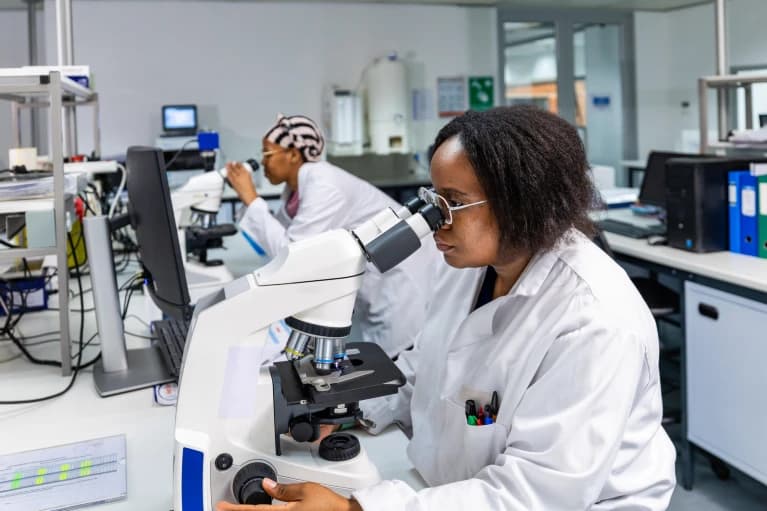News

Kenya has made science, technology, and innovation central to its national development strategy, with bold plans to transform its economic base through research and higher education. But, while it is a leader in scientific innovation within Africa, its research landscape is under pressure from domestic austerity and dwindling international support.
Despite a legal mandate in the 2013 Science, Technology and Innovation Act to allocate 2% of GDP to research, current public funding lags behind, although it is close to the 1% target set by the African Union in its Agenda 2063.
International support
Much of Kenya’s R&D funding – about KES 100 billion ($US97 billion) comes from international sources. With foreign funding cuts, including to USAID and related programmes, the role of external donors has become even more crucial. Filling the gap are organisations such as Canada’s International Development Research Centre (IDRC), the French Development Agency (AFD), the British High Commission, and SGCI-Africa, which support institutions like KEMRI, KALRO, and Masinde Muliro University of Science and Technology.
African partnerships are increasingly influential. Kenya is one of the main recipients of funding from the African Academy of Sciences (AAS) and the Science Granting Councils Initiative (SGCI) which are providing fellowships and funding in critical areas such as green transitions, innovation and technology, higher education, social sciences, and public health.
“In Kenya, fellowships have been awarded to students from the universities of Nairobi, Jomo Kenyatta, and Egerton,”
Read full story here. Original article written by Dann Okoth and published in Nature Africa.




